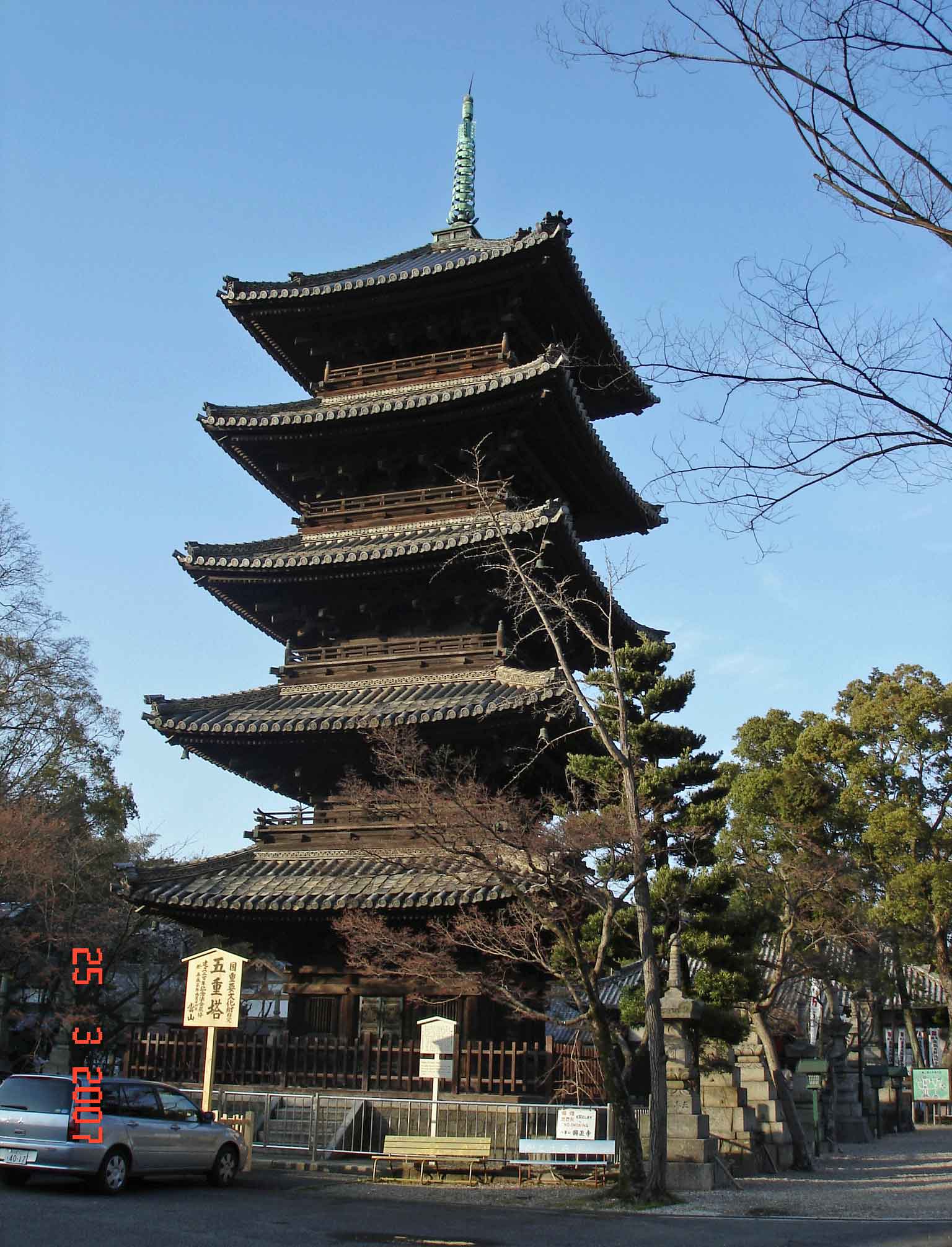
Ancient rustic timber-five-storey Pagoda Kyosho-ji Temple Nagoya
Kosho-ji is a Shingon Buddhist Temple in Yagoto, Nagoya, Central Japan
This temple complex set in woodlands on Yogota Hill felt very peaceful and serene. A wonderful old, rustic, five tiered wooden pagoda, ageing gracefully, stands serenely among the other wooden buildings of the complex outlined against a perfect blue sky. The complex dates from the 17th century, the five storied Pagoda completed in 1808.
Exploring Kosho-ji temple – Nagoya
I was very fortunate to have a day with family exploring temples in the Nagoya area.We did a lot of unnecessary walking in hindsight, could have caught the train at various stations and saved our legs. A very hilly area, but good exercise and quite a bit to see.
Kosho-ji temple founded by a monk Tenzui
The temple I enjoyed walking though the most is Kosho-ji, a Shingon buddhist temple in Yagoto, Nagoya. Nagoya of course is in central Japan. The temple belongs to the Owari thirty-three Kannon, a collection of Buddhist temples in western Aichi Prefecture in Japan. The Owari thirty-three Kannon temples are all dedicated to the bodhisattva Avalokitesvara. Avalokitesvara is a bodhisattva who embodies compassion of all Buddhas and portrayed in different cultures as either male or female.
Koshoji temple founded by the monk Tenzui, under the patronage of the Owari branch of the Tokugawa family in the 17th century. The temple, grounds and graveyard sit in a hilly woodland setting, the site covers the two hills of Nishiyama and Higashiyama in Yogata city.
Main entrance gate Kosho-ji Temple
The main gate at Koshoji Temple, originally built-in 1697 and reconstructed in the early 1800’s. The beautiful five-story wooden pagoda built-in 1808, is 30 m. tall, and visible as you enter the main gate of the temple. The Pagoda structure is very weathered , with old wooden railings,doors and a shingle roof.
Buddhist statues of Jizo
We entered the temple grounds from a rear entrance and enjoyed a walk through the peaceful quite of the woodlands, and the graveyard area before reaching the Pagoda and main buildings. Little red bib were prominent on statues this day. I understand they are Buddhist statues of Jizo or Ojizo-sama, one of the most loved of all Japanese divinities. Traditionally, Jizo is seen as the guardian of children, particularly children who died before their parents. The bibs or sometimes even toys, are placed their as offerings by grieving parents to help and protect their lost ones. The offerings are also placed there by parents thanking Jizo for saving their children from a serious illness. Ojizo-sama is also believed to one of the protective deities of travelers.
Buddha of the Afterlife
There are a number of elegantly weathered old buildings including the main hall, dating from 1750, which enshrines an image of Amida Nyorai – the Buddha of the Afterlife. The main hall also includes a special shrine where supplicants can pray for a painless death, or a quick death, rather than death after a long period of illness and suffering. This is known as pokkuri in Japanese.
300 year-old-Kanchin Tea house
Worth seeing is the 300-year-old Kanchin tea house, which was originally built to house religious Sutra scrolls. For 500 yen a tour of the Fumon garden and the Kanchin tea house is available. A palanquin and other antiquities are on display in the tea house. The tea house also holds tea ceremony classes which are open to the public.
The annual “1,000 Lantern Festival” at the harvest moon takes place at Kosho-ji Temple. A flea market is held in the temple grounds on the 5th and 13th of each month.
Close to the city center, the Temple has many restaurants, bars and shops nearby. It is a popular area for visitors and university students, with four Universities in the near vicinity; Nagoya University, Chukyo University, Nanzan University and Meijo University.
Yagoto Subway station a five-minute walk from the Kosho-ji Temple.
Related Posts:
- Sunken Hearth-Traditional Japanese Fireplace
- animal-herds-water-buffaloskinny-white-cows
- the old toyama family farmhouse shirakawa go
- What is an Irori,what is a jizai kagi Takayama gifu province Japan
- Rain-rain,clouds,umbrella,splashing,water,dripping,flowing
- Federation Square-modern contemporary architecture
- Hard marble stairs-amazing carvings
- T hursday-challenge-abundance-yachts-on-the-marina/
- Thursday Challenge outdoors – parkstrailsriversplaygrounds
- Carnaval of flowers – Hibiscus,Lily and roses
- A family of Black Swans
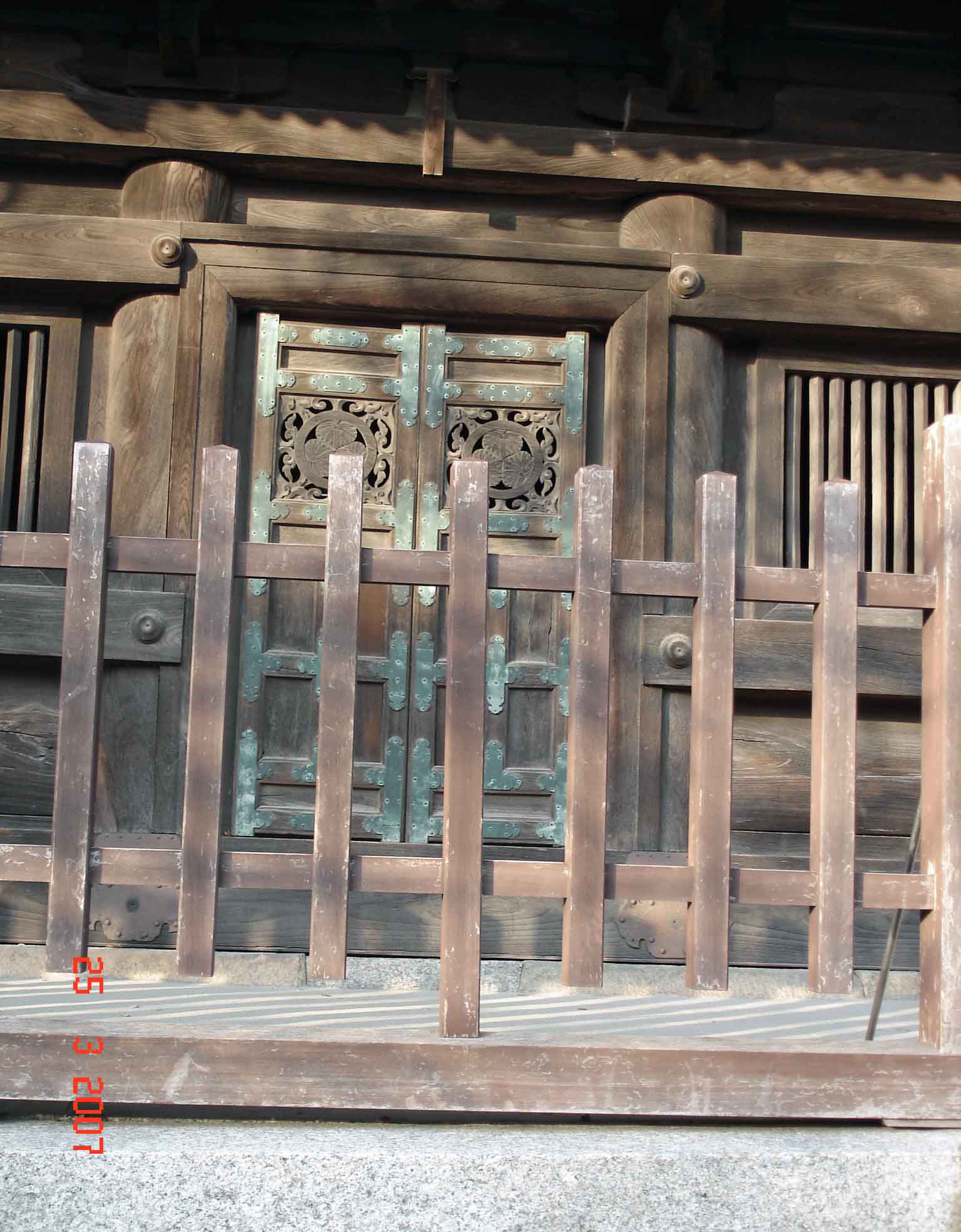
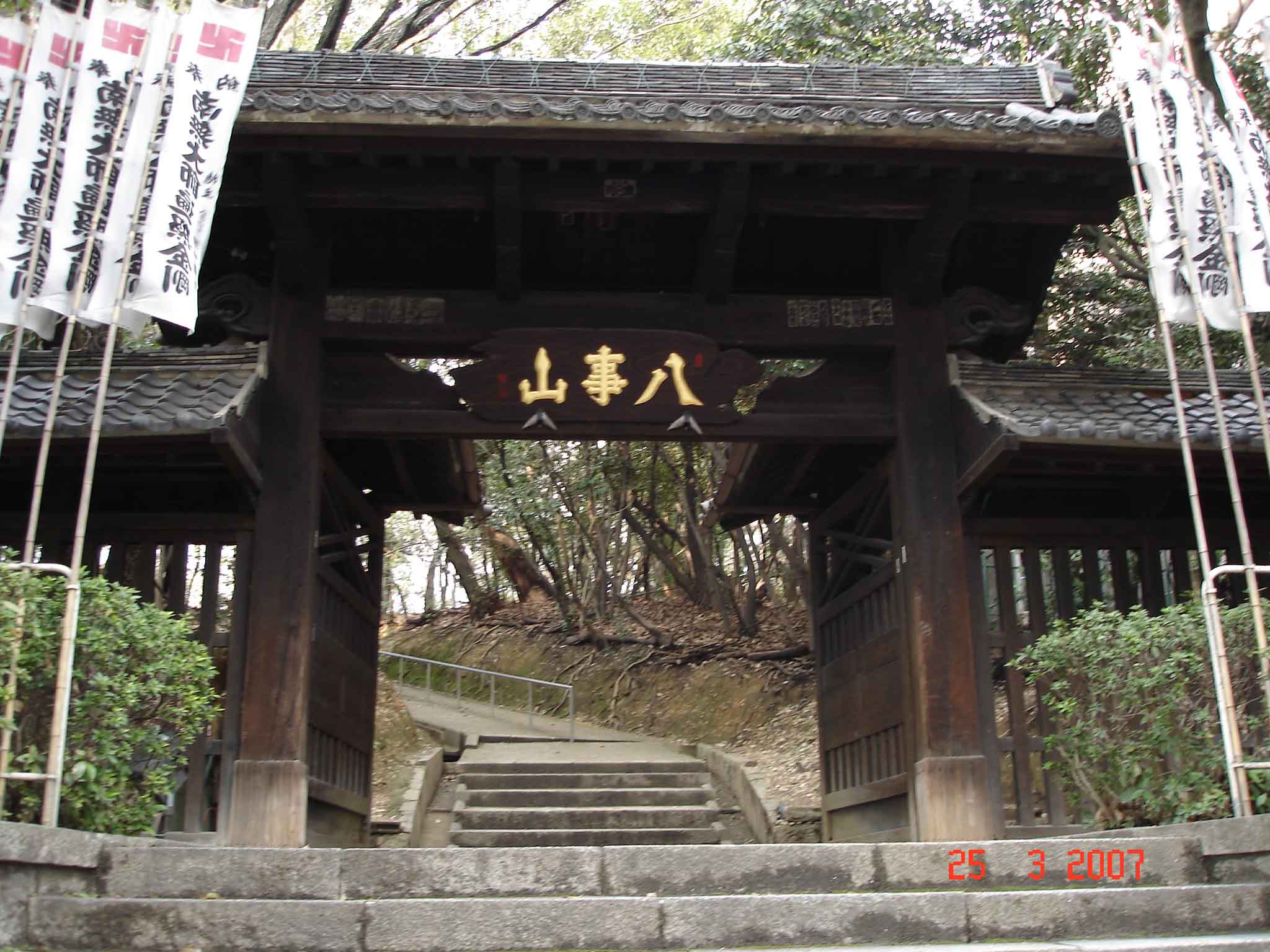
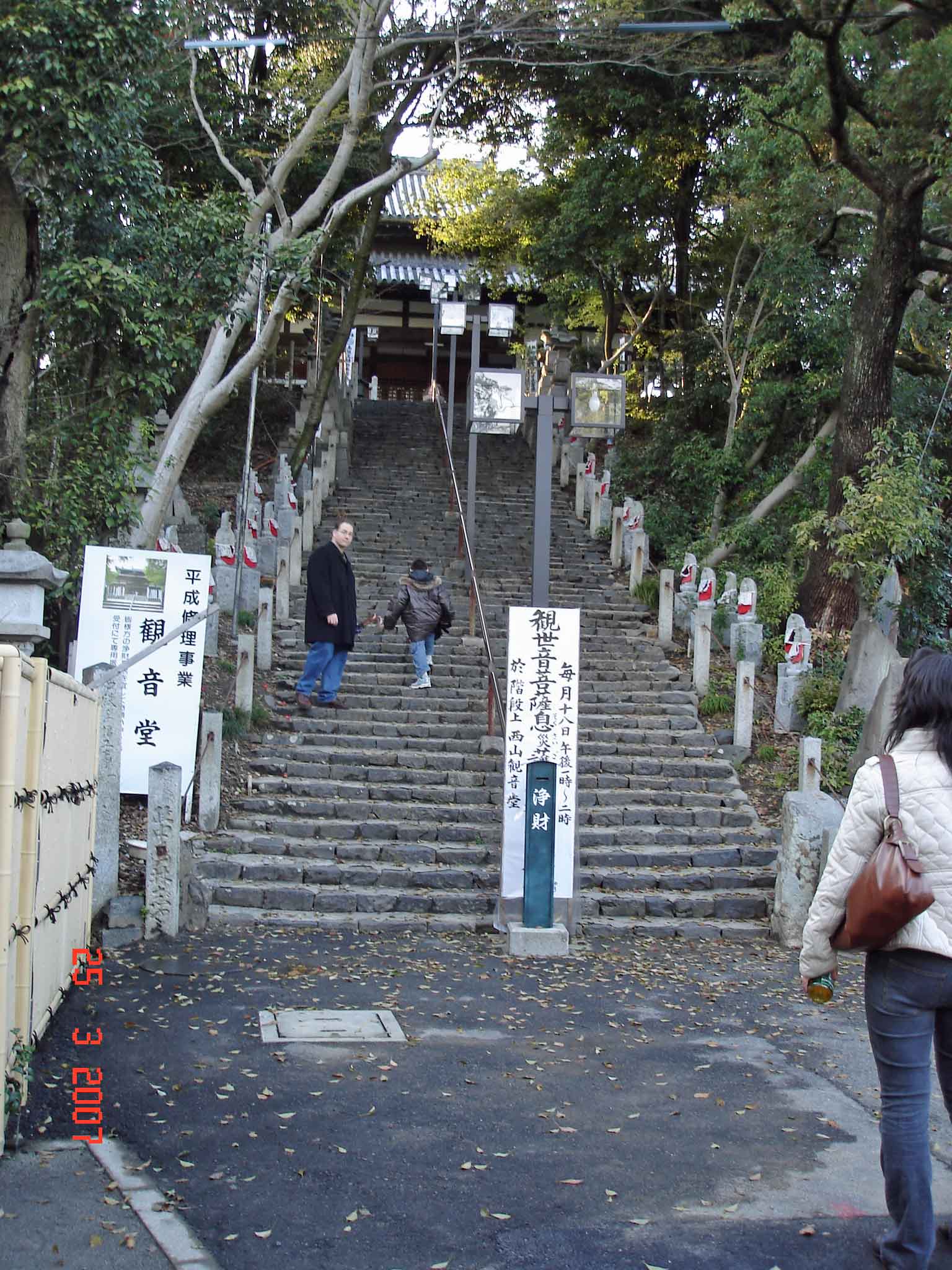
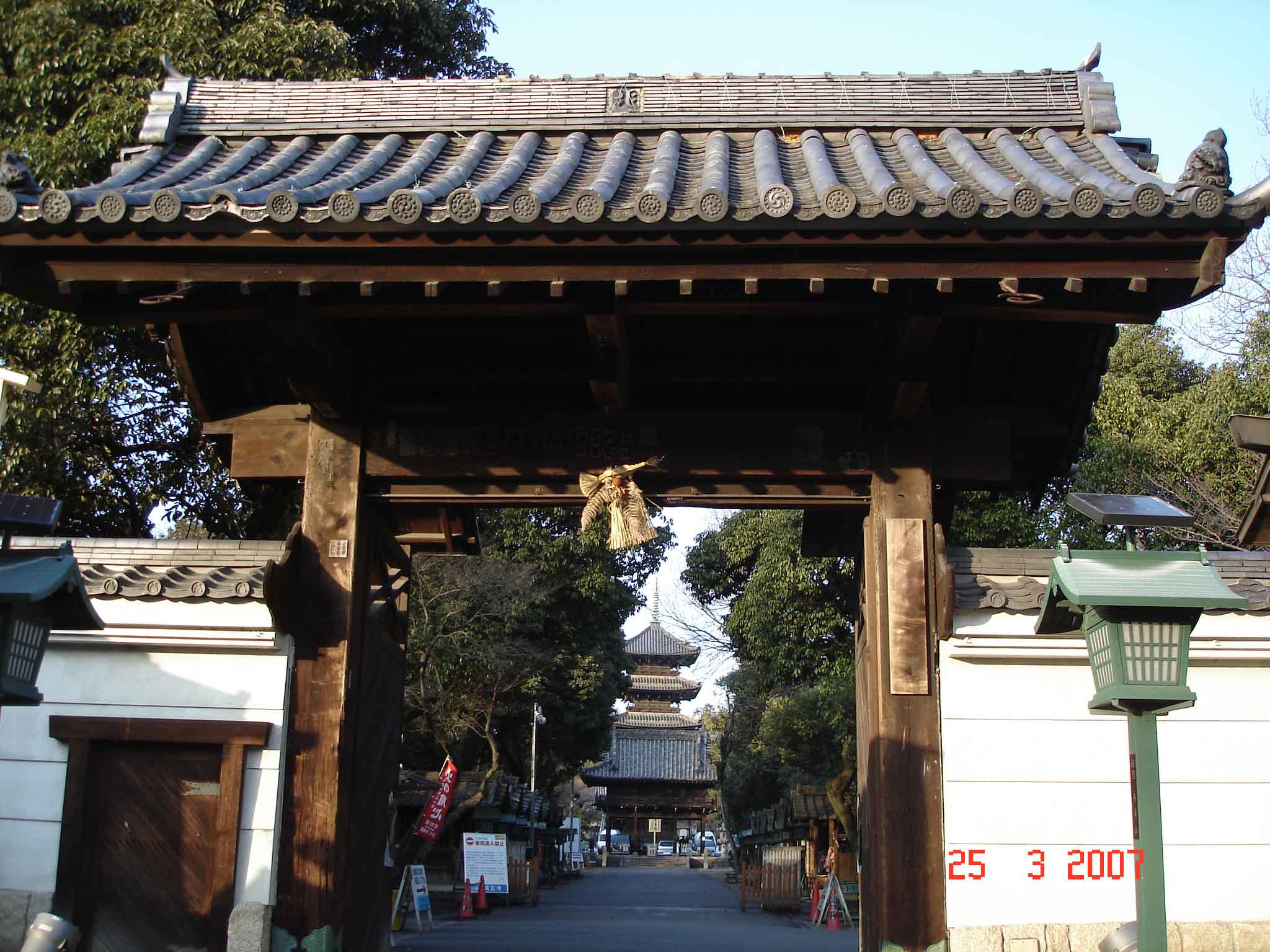
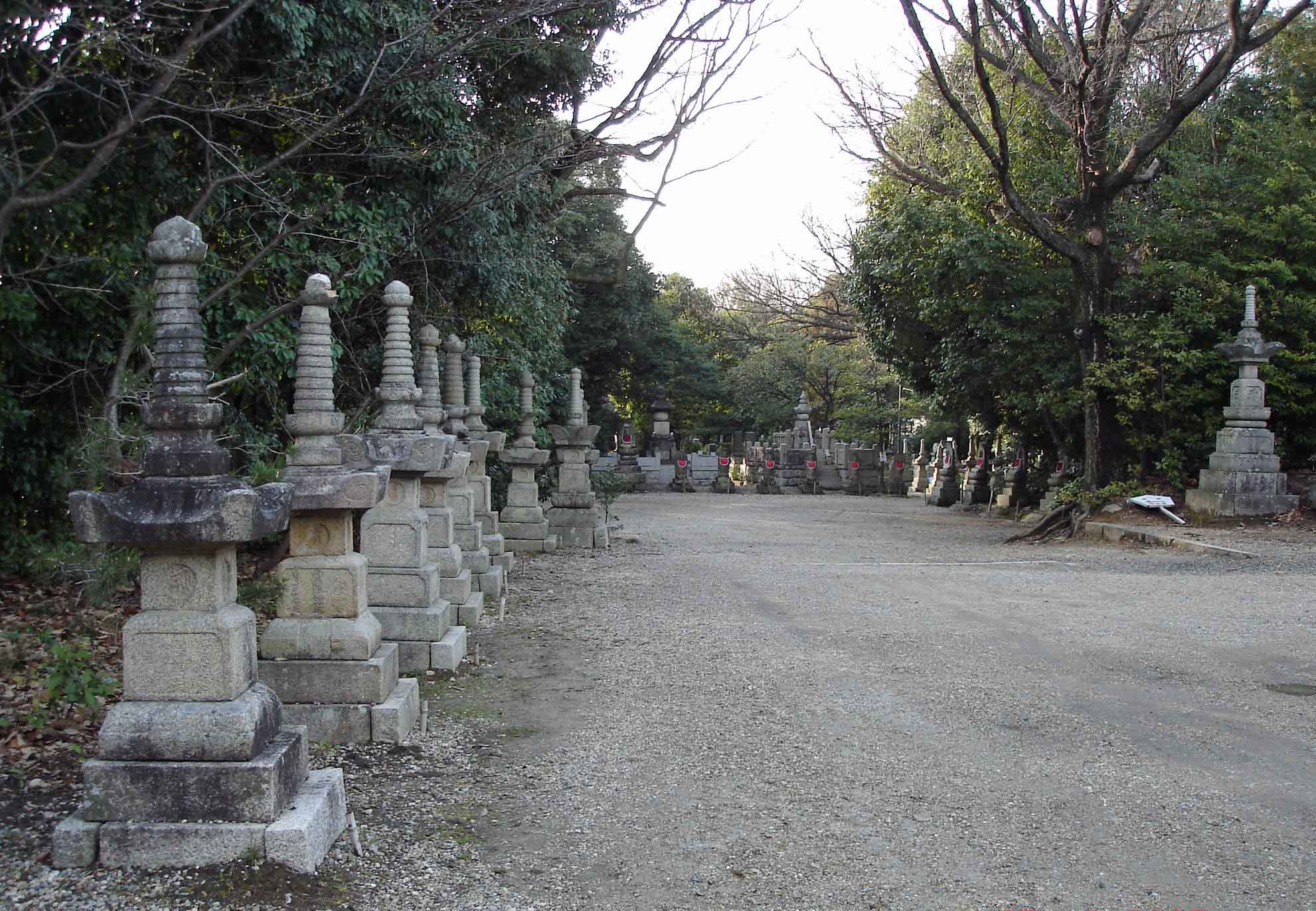
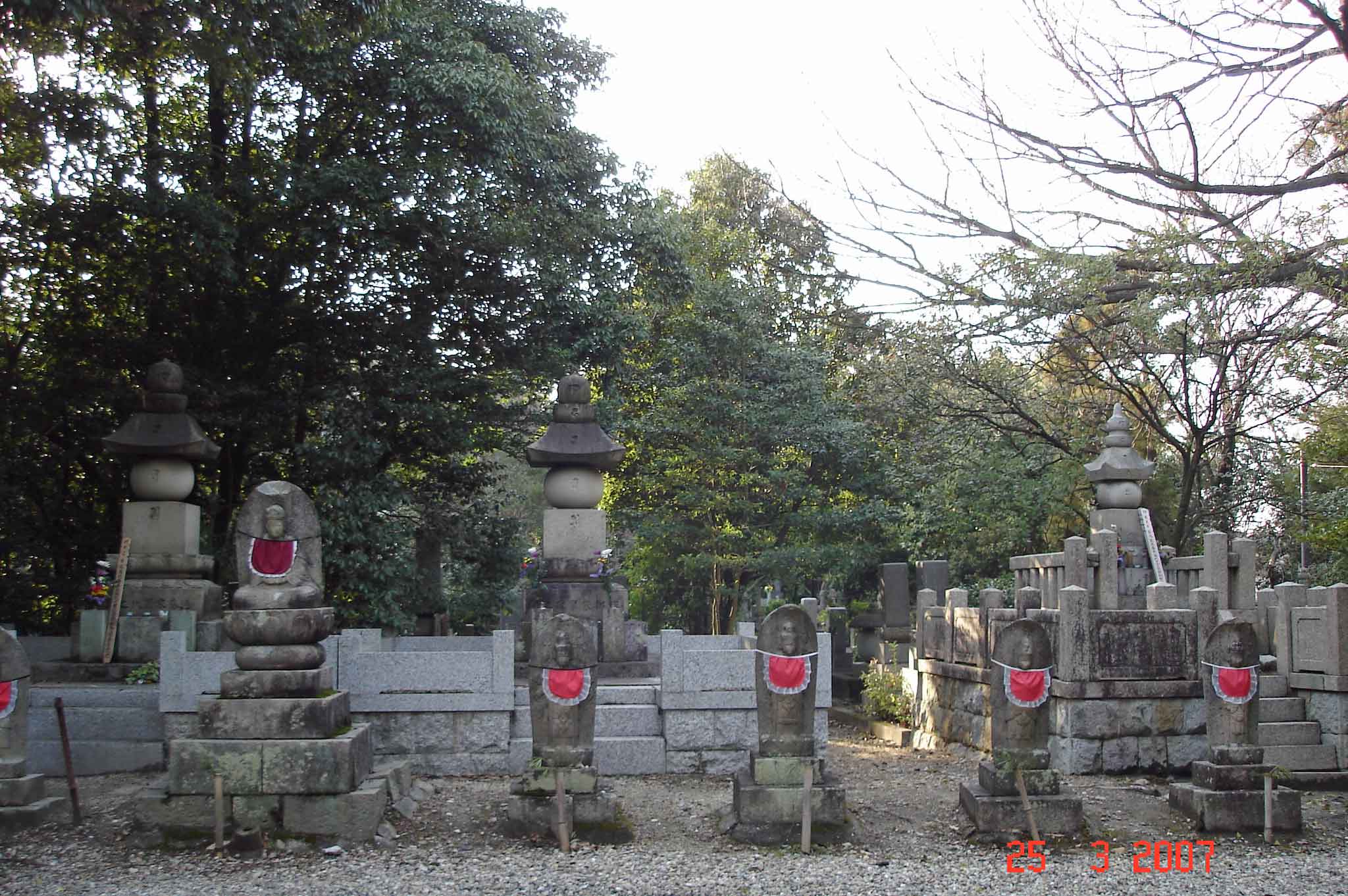
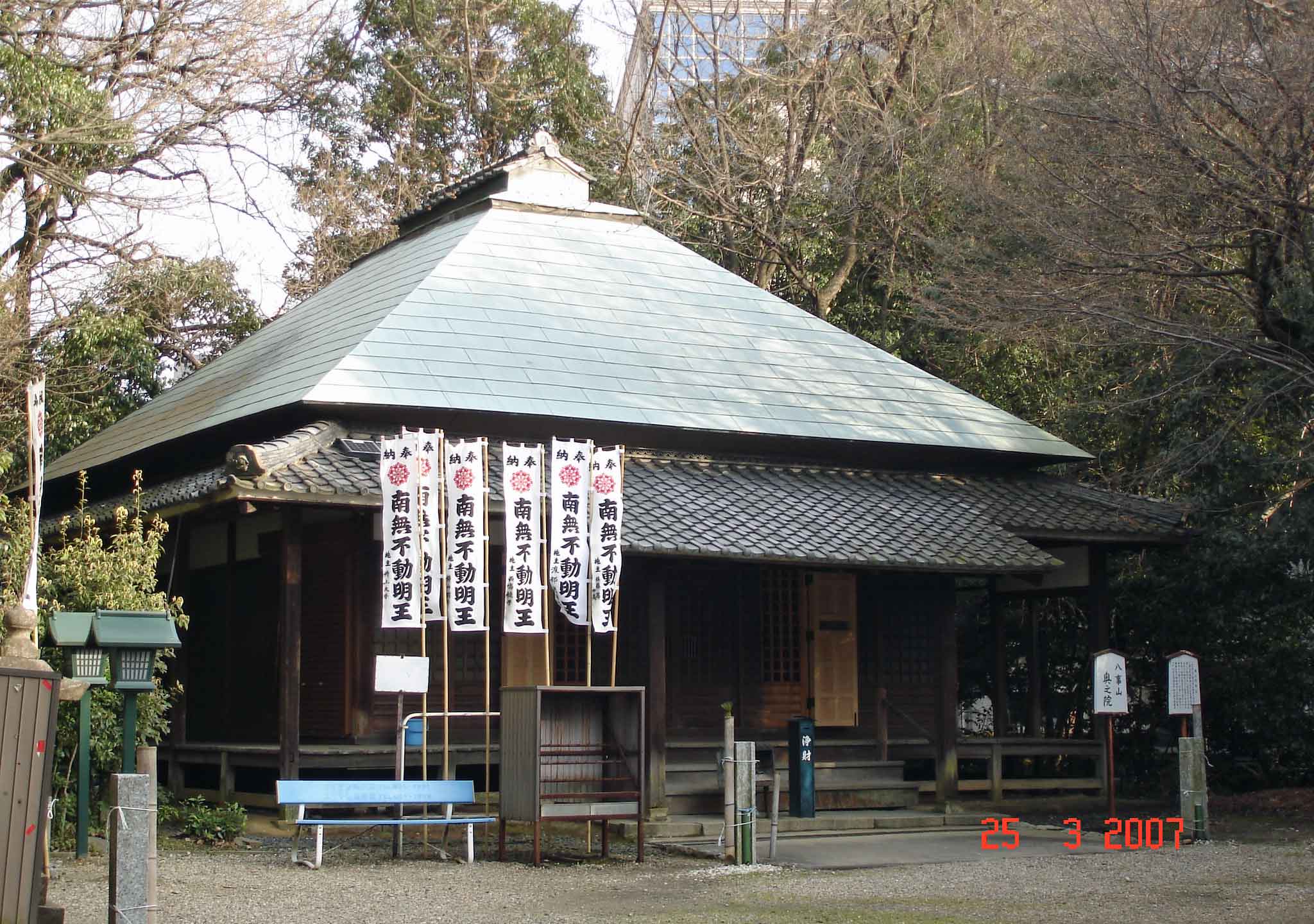
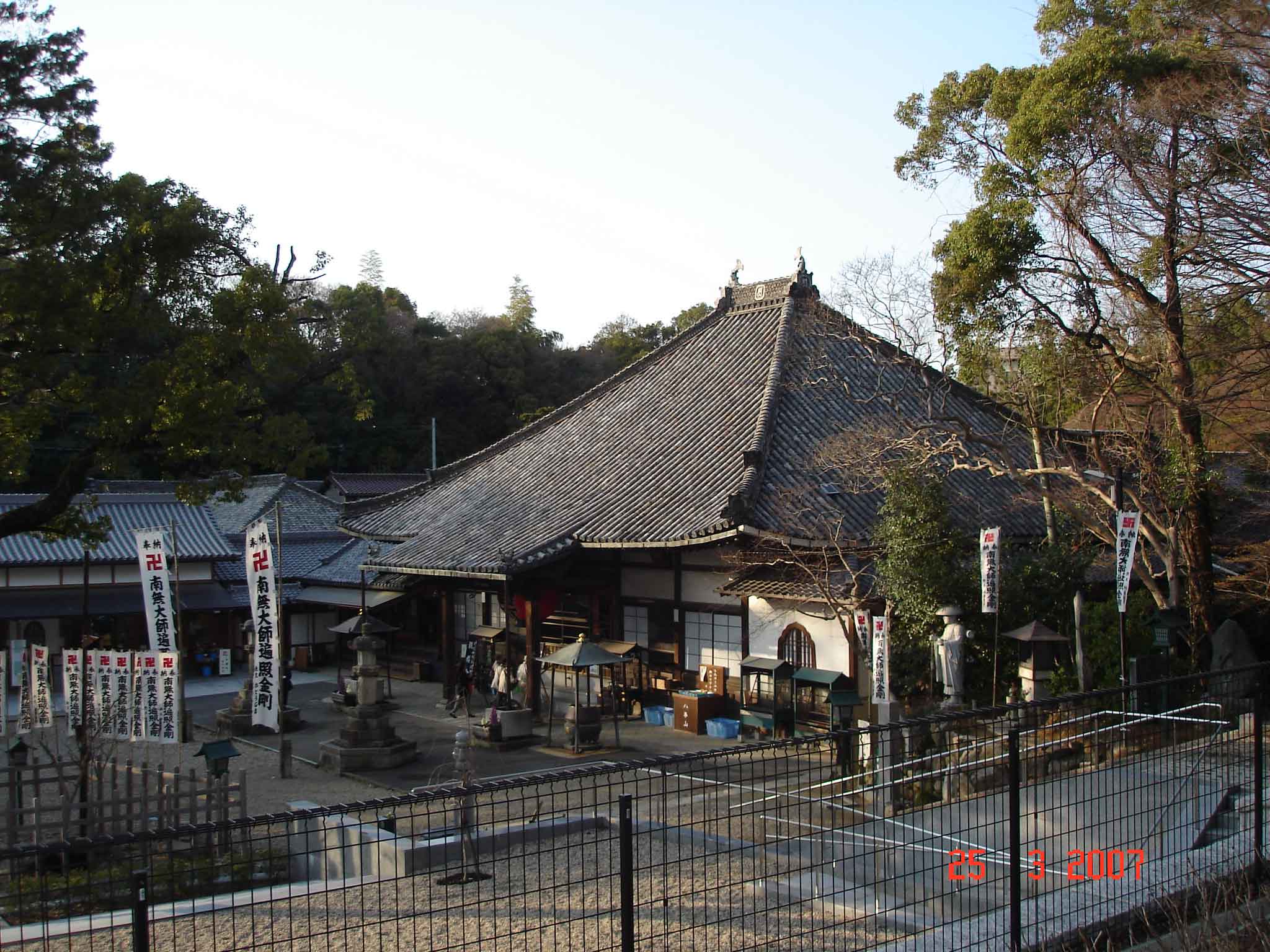
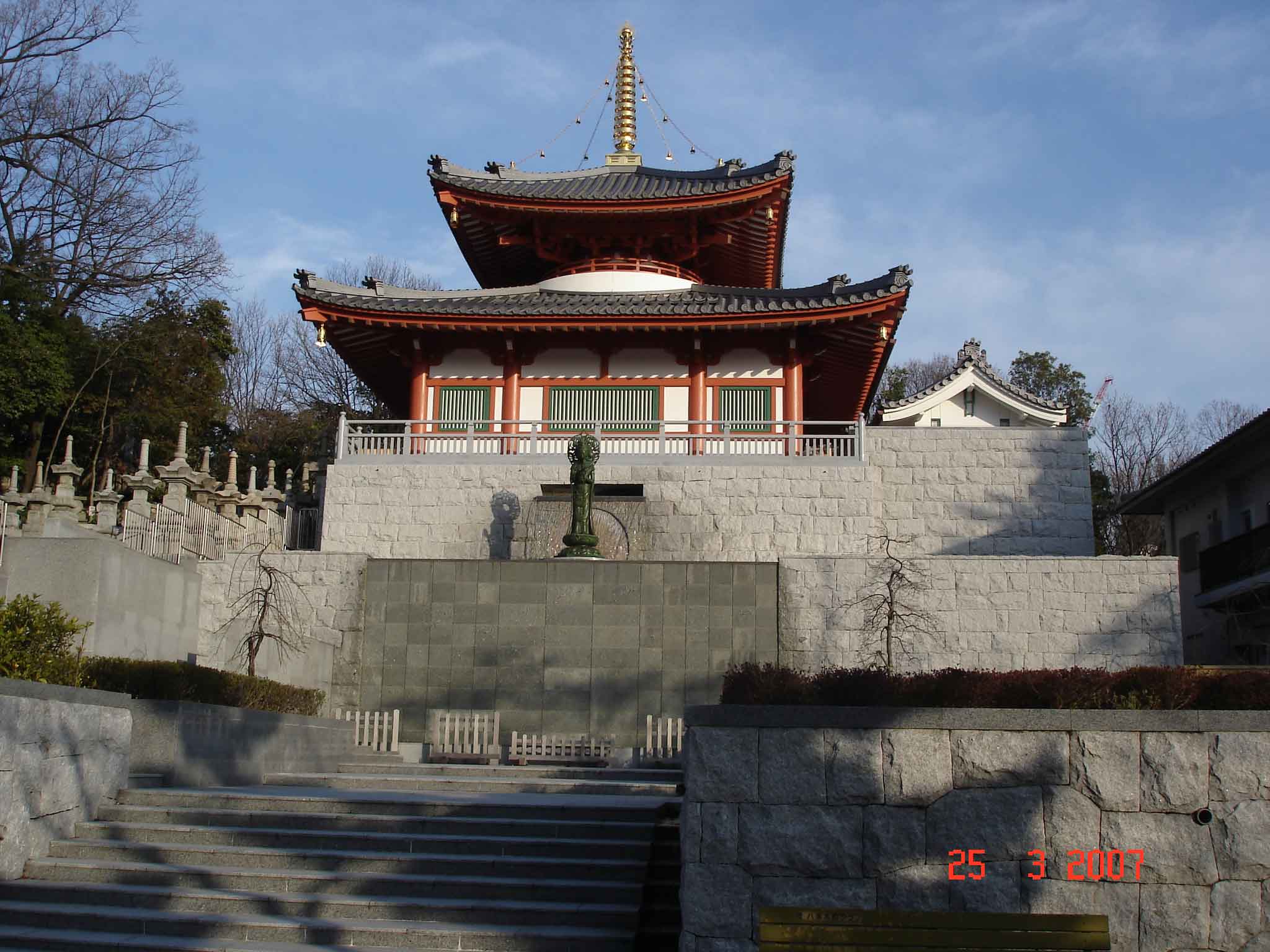
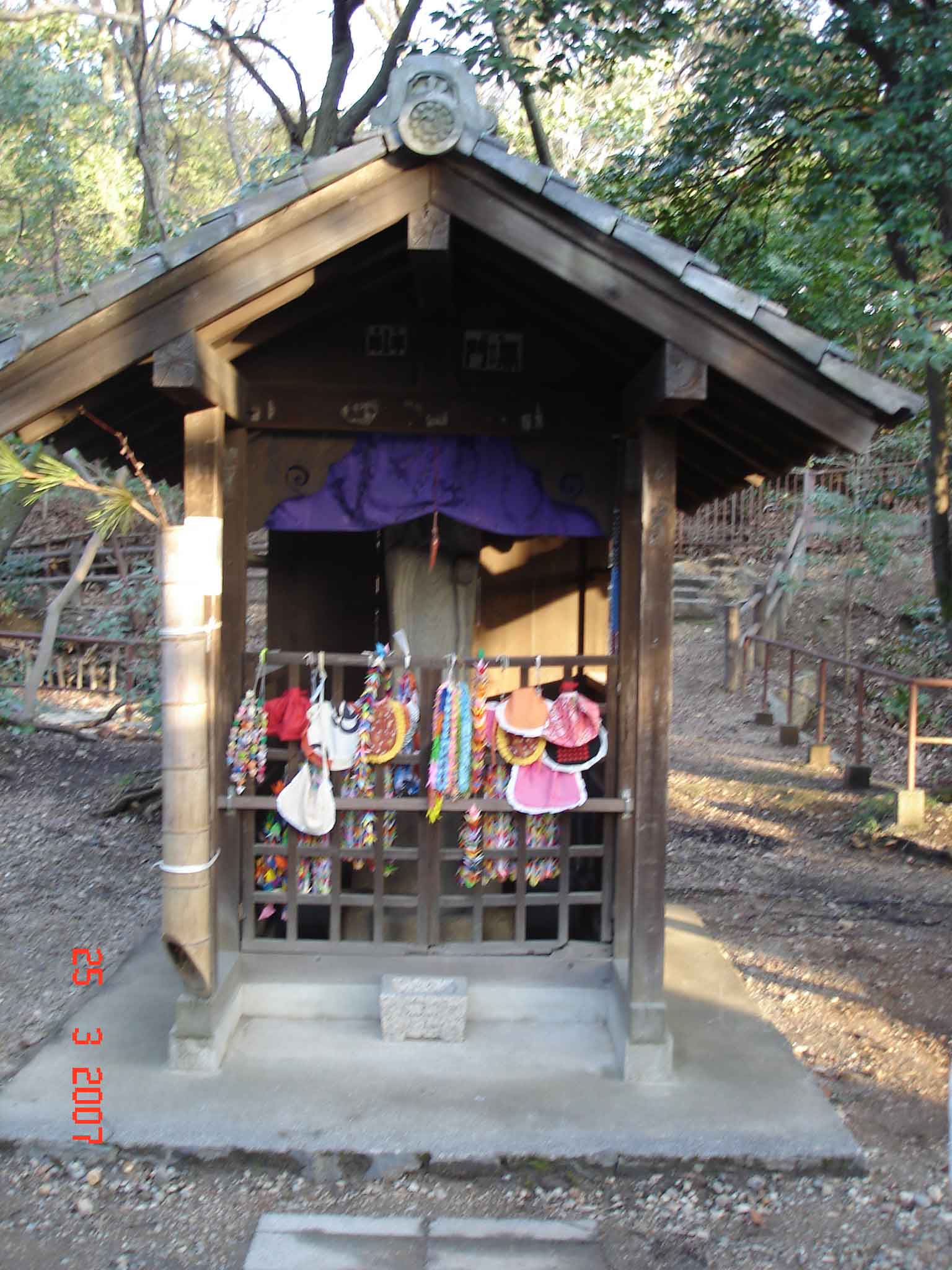
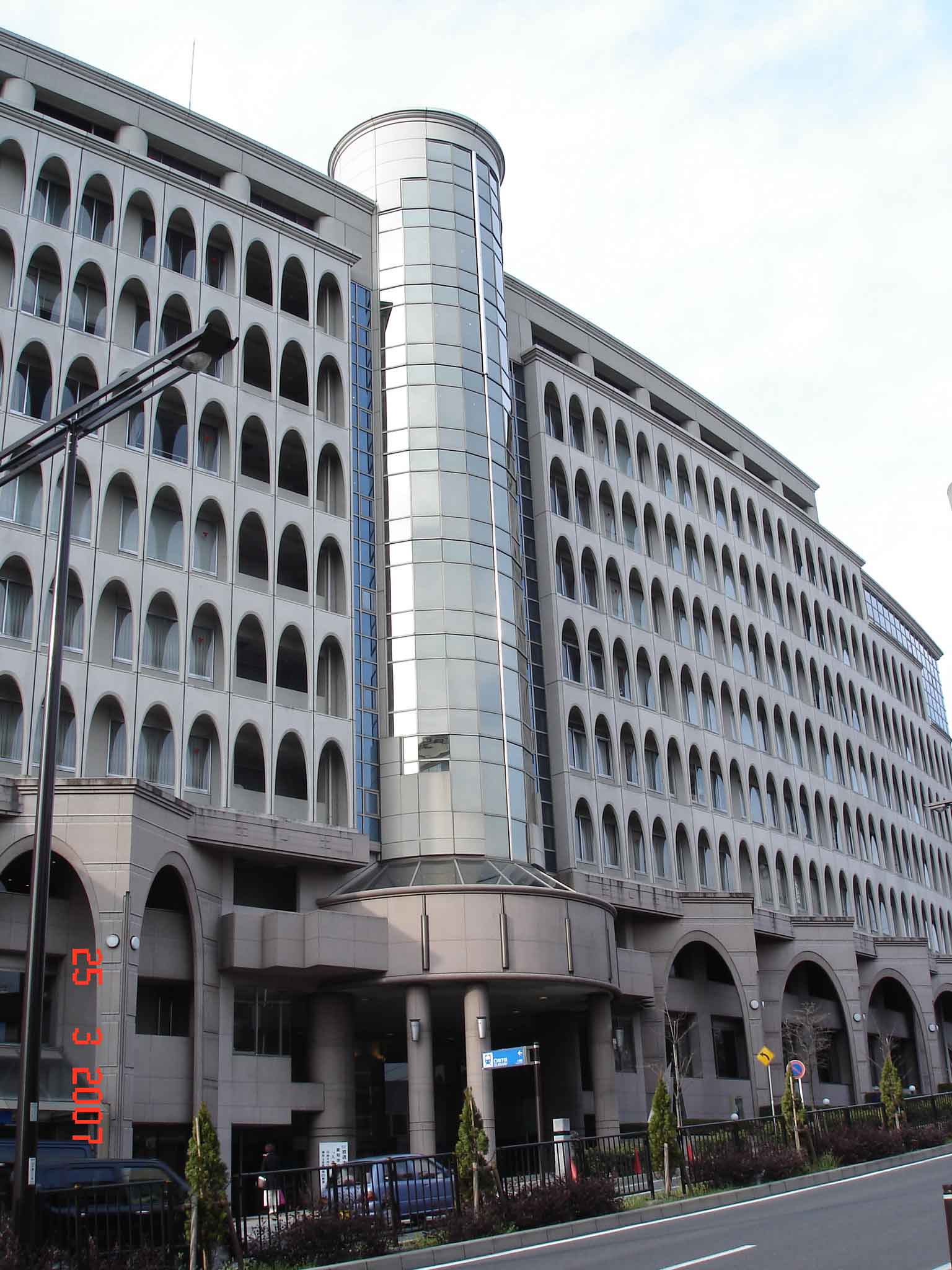
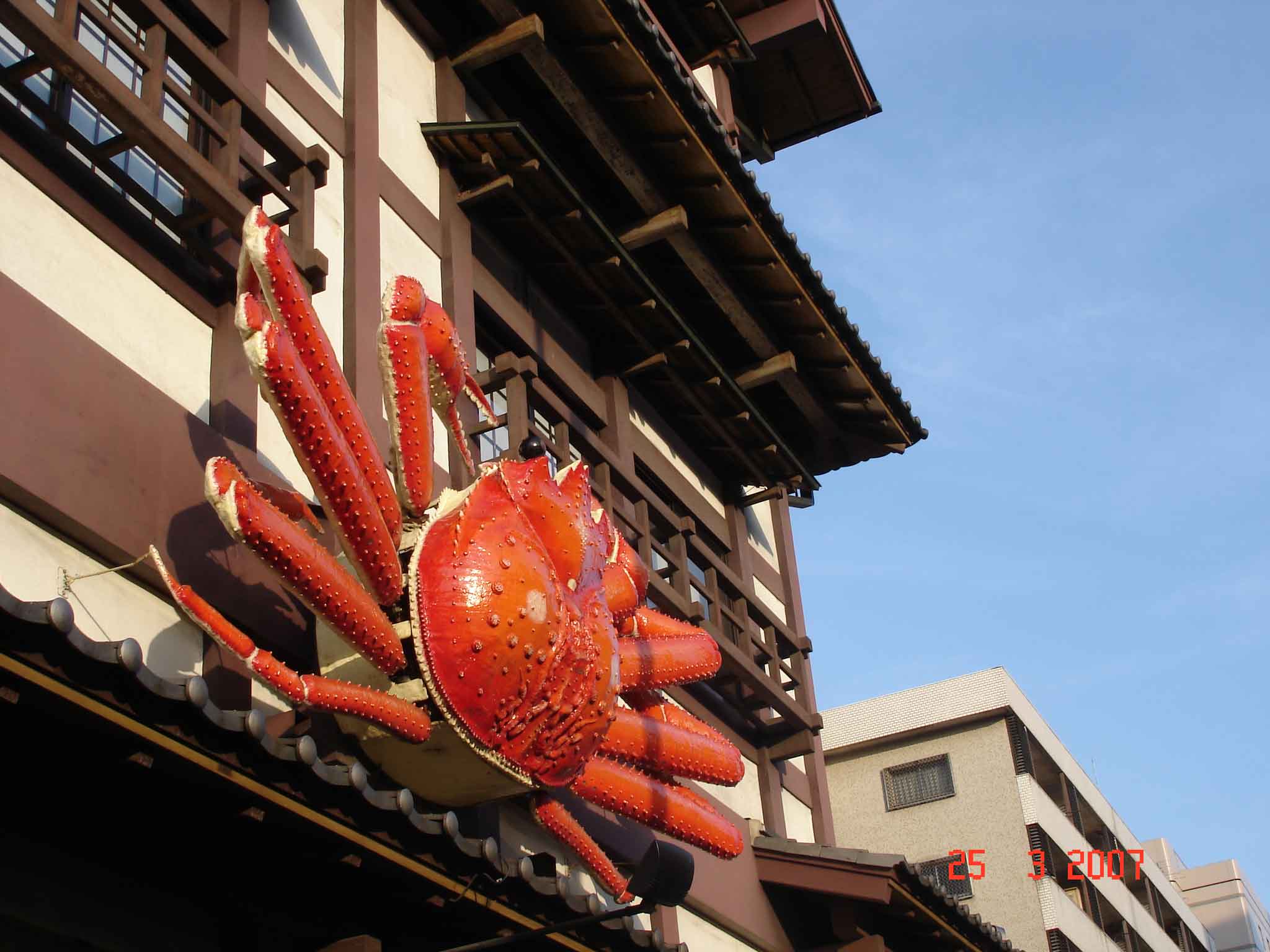
enjoyed very much; have a nice Thursday
much love
Hi Gillena. glad you enjoyed the post. thanks for your comment. Have a nice day. Lyn